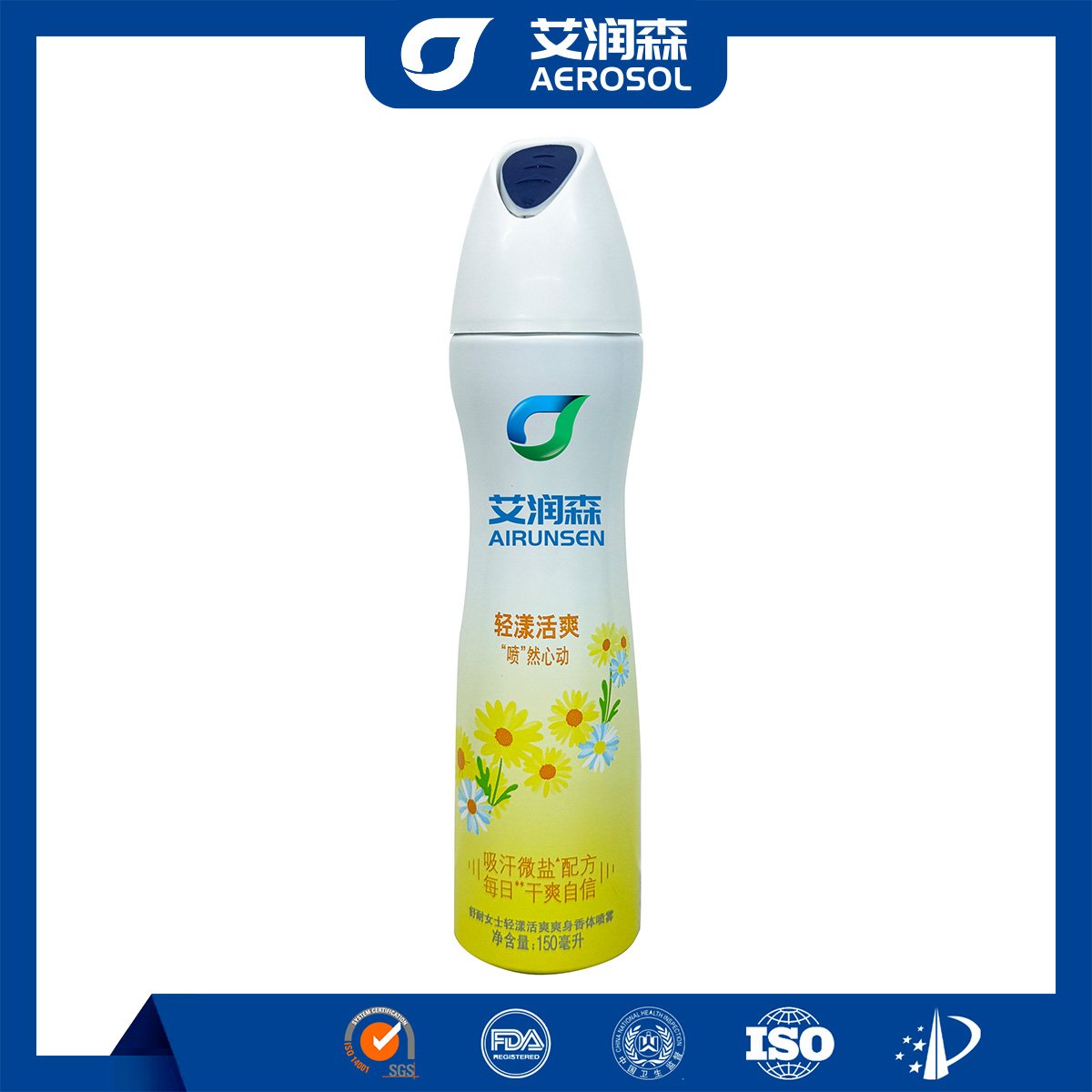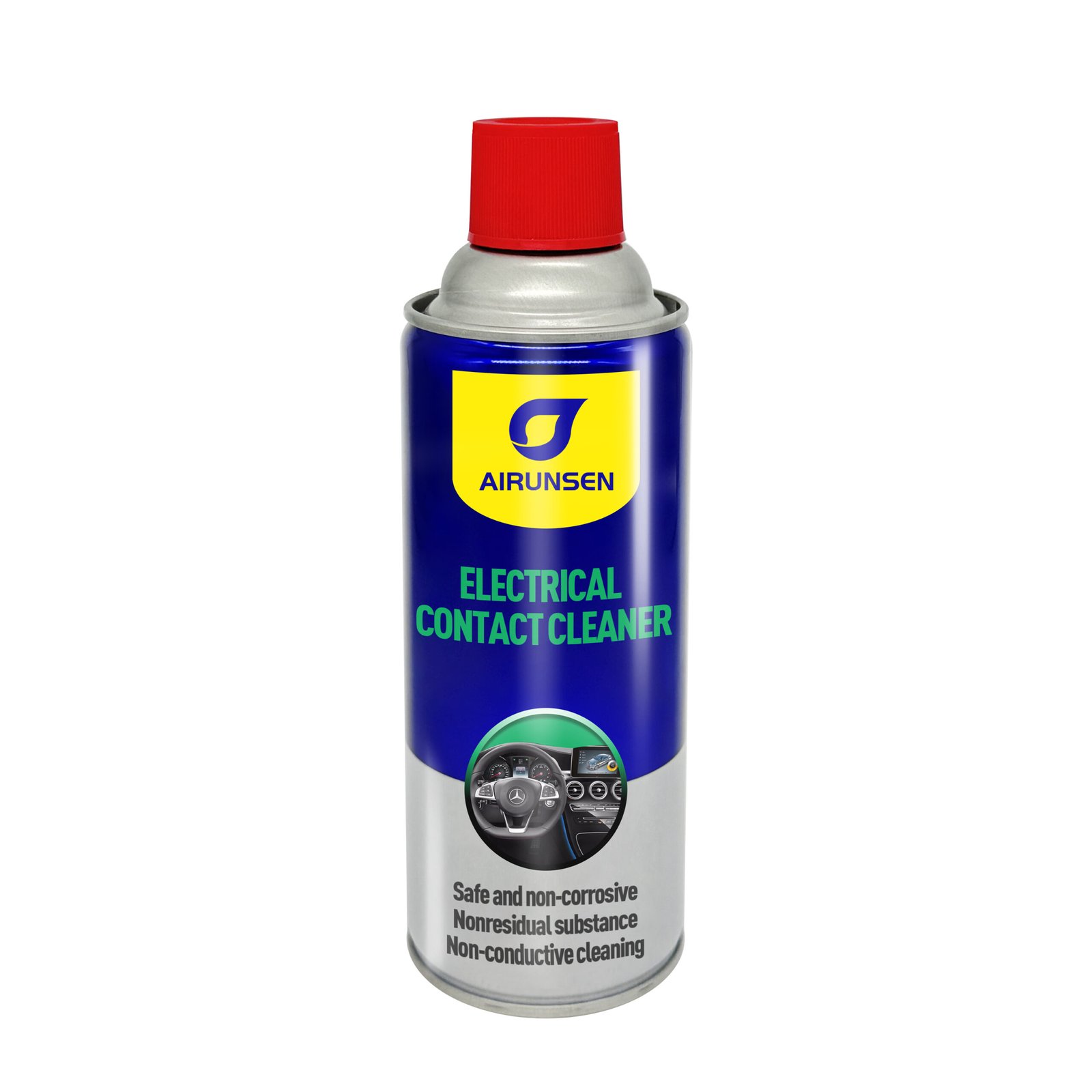1. Components
Circuit contact cleaners typically consist of a blend of solvents. The most common solvents include isopropyl alcohol, which is excellent for dissolving oils and light greases. Hydrocarbon – based solvents are also often used to handle more stubborn contaminants like wax and heavy – duty greases. Additionally, many cleaners contain corrosion – inhibiting agents. These substances, such as benzotriazole derivatives, form a protective layer on the metal contacts to prevent oxidation and rust formation. Some formulations may also have a small amount of lubricating agents to ensure smooth movement of mechanical contacts after cleaning.
2. Efficacy
The primary function of circuit contact cleaners is to restore electrical conductivity. Over time, contacts can become covered with dirt, oxides, and other insulating substances that impede the flow of electricity. By removing these contaminants, the cleaner significantly reduces electrical resistance at the contact points. This leads to more reliable electrical connections, minimizing the occurrence of intermittent signals or complete signal loss. It also helps in preventing electrical arcing, which can cause damage to the contacts and surrounding components over time.
3. Advantages
- Quick – acting: These cleaners usually work rapidly. Once sprayed onto the contacts, they start to dissolve and carry away the contaminants almost immediately. The solvents’ volatility allows for a fast – drying process, enabling the equipment to be put back into operation in a short time.
- Versatility: They can be used on a wide range of electrical equipment. Whether it’s a small – scale electronic device like a mobile phone charger or a large – scale industrial control panel, circuit contact cleaners are effective in cleaning the contacts.
- Non – abrasive: Unlike some mechanical cleaning methods, these cleaners do not scratch or damage the delicate surfaces of the contacts. This is crucial for maintaining the integrity of the contact points and ensuring their long – term performance.
4. Application Areas
- Consumer Electronics: In devices such as smartphones, laptops, and cameras, circuit contact cleaners are used to maintain the performance of the charging ports, headphone jacks, and internal connectors. As these devices are frequently used and exposed to various environmental factors, cleaning the contacts can extend their lifespan and improve their functionality.
- Automotive Electronics: Cars are equipped with a vast array of electronic components, including sensors, ignition systems, and control modules. The connectors and contacts in these systems can be affected by dirt, moisture, and corrosion. Using circuit contact cleaners helps to ensure reliable operation of these automotive electronics, contributing to better vehicle performance and safety.
- Industrial Equipment: In industrial settings, circuit contact cleaners are indispensable for maintaining the proper functioning of machinery control systems, motor controllers, and power distribution panels. They help to prevent unexpected downtime due to electrical contact problems, thereby increasing the overall productivity and efficiency of industrial operations.



















